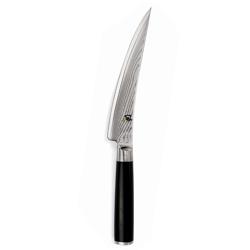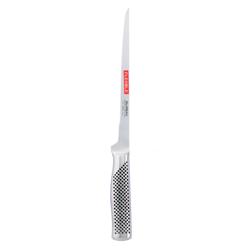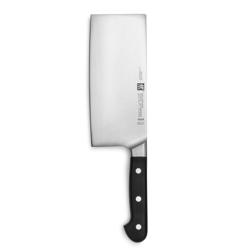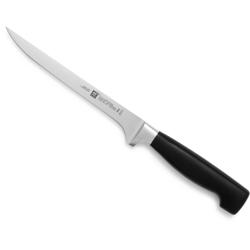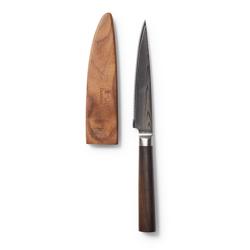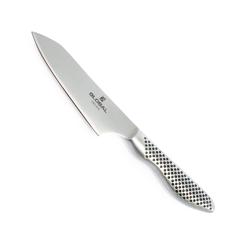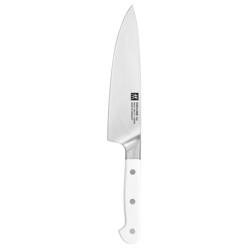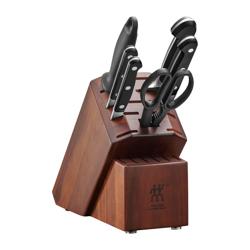-
(18)
Love it...This knife is great. easy to hold, razor sharp blade out of the box. the weighting is nice and balanced.... the curve allows you to tackle most jobs with ease. best knife in my kitchen!...Best knife I own!
Pros: sharpness, quality, balance
-
(3)
Global’s sleek, razor-sharp cutlery is an excellent choice for professional chefs and discerning home cooks alike. Designed in traditional Swedish fillet style, this flexible knife bends softly and is perfect for cutting fish with precision. Double-beveled...
Pros: sharpness, ease of use, flexibility
-
Designed to effortlessly separate meat from bone or fillet fish with ease, this knife combines centuries of Japanese craftsmanship with cutting-edge technology. It's perfect for trimming the silver skin from a tenderloin or making your own cutlets—even...
-
Designed to effortlessly separate meat from bone or fillet fish with ease, this knife combines centuries of Japanese craftsmanship with cutting-edge technology. It's perfect for trimming the silver skin from a tenderloin or making your own cutlets—even...
Fillet Knife Under $200
Fillet knives are essential tools for almost anyone who loves to fish. Whether you’re an experienced angler or just getting started, having a quality fillet knife is a must. Fillet knives under $200 offer a great balance between quality and affordability, giving you the best of both worlds. They are ideal for those who want a high-quality fillet knife without spending too much. Here are some great options.
Fillet Knife Under $200
FAQ List
The best handle material for a fillet knife is subjective and depends on personal preference. Common options include wood, plastic, and stainless steel. Wood handles offer a traditional and comfortable grip, while plastic handles are often more affordable and easy to clean. Stainless steel handles are durable and resistant to corrosion.
Yes, fillet knives can be versatile tools in the kitchen. While their primary purpose is to fillet fish, they can also be used for tasks such as deboning poultry, trimming fat from meat, and even slicing fruits and vegetables. However, it's important to note that using a fillet knife for other tasks may affect its blade condition and sharpness over time.
The choice between a flexible or rigid blade depends on personal preference and the type of fish you typically work with. Flexible blades are ideal for delicate fish with fine bones, as they allow for precise maneuvering around bones and contours. Rigid blades, on the other hand, are better suited for larger fish or when more control and force are required. Ultimately, it's best to have both options in your kitchen if you frequently work with different types of fish.
To ensure the longevity of your fillet knife, it's important to properly care for and maintain it. After each use, wash the knife by hand using mild soap and warm water, then dry it thoroughly. Avoid using abrasive materials or harsh detergents that can damage the blade. Additionally, it's recommended to regularly sharpen the blade using a honing rod or sharpening stone to maintain its sharpness. Proper storage is also crucial – consider using a knife sheath or magnetic strip to protect the blade and prevent accidents.
Yes, left-handed individuals can certainly use fillet knives. Many fillet knives are designed with ambidextrous handles, allowing for comfortable use by both right-handed and left-handed users. However, it's always a good idea to check the product description or specifications to ensure that the knife you choose is suitable for left-handed use.

